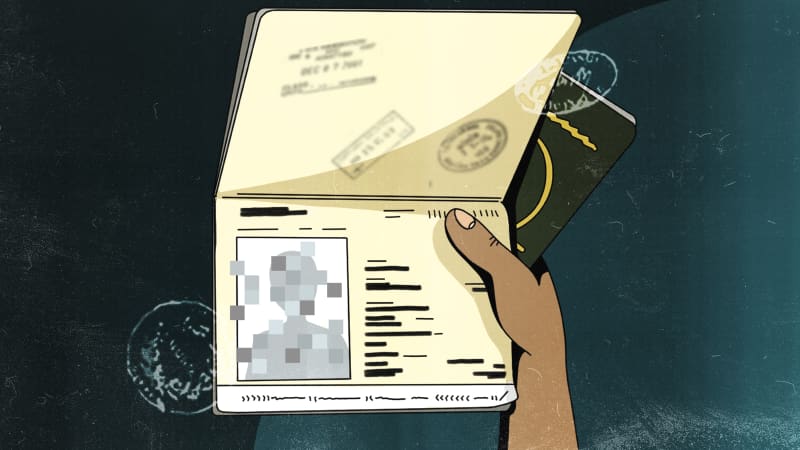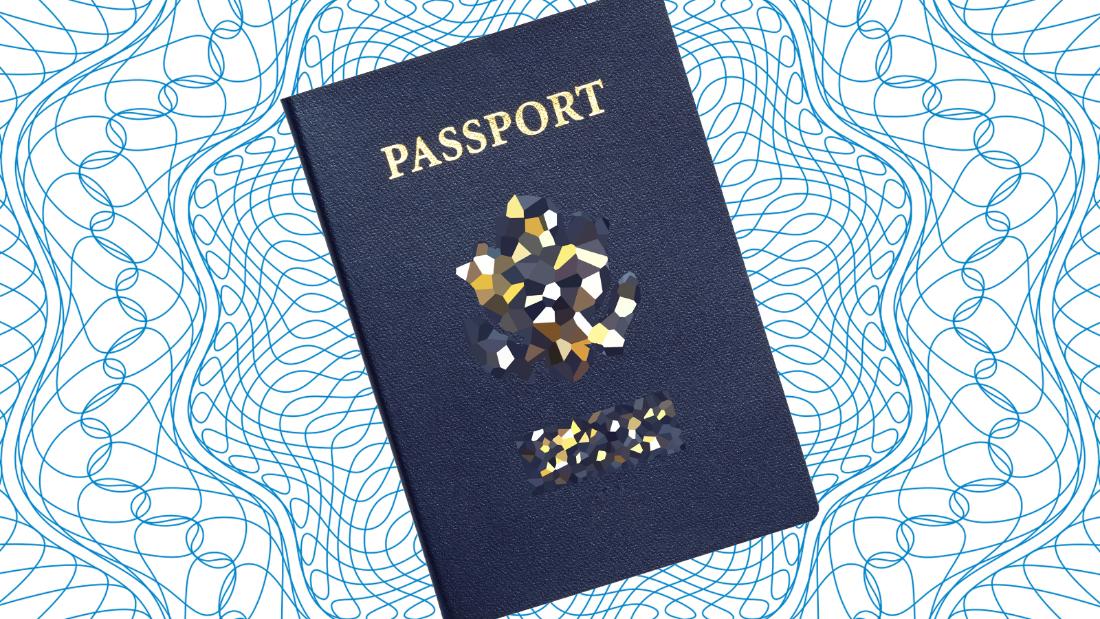(CNN) — “He has pulled a hand-grenade pin and he is ready to blow up the aircraft if he has to. We must, I repeat, we must land at Beirut.”
The hijacking of TWA Flight 847 on June 14, 1985 sent the world reeling.
Like millions of others, Donna Walker, a former travel agent from Houston, Texas, watched as the scenes played out on rolling news coverage. As she did, Walker realized it was finally time to act on an idea she’d had a few years back.
“It’s not counterfeit; it’s camouflage”
A counterfeit passport falsely claims the bearer is from a certain country, in order to get them through borders illegally.
The camouflage passport, however, used the name of a former country, since changed for political reasons. It wasn’t for crossing borders, either.
Walker surmised that if someone found themselves in a life-threatening situation, they could present their aggressors with a genuine-looking document claiming they were from, say, Rhodesia, rather than the US.
The aggressors would be persuaded this captive was of little political heft, and maybe afford them kinder treatment.

The hijacking of TWA Flight 847 in 1985 is said to have inspired a former travel agent to manufacture legal, ‘camouflage’ passports.
Alain Nogues/Sygma/Getty Images
Walker began selling the passports through her company, International Documents Services, for $135 a pop (offering a 30% discount for armed forces members). The documents themselves, said Time, looked impressively authentic: “Its burgundy, textured-vinyl cover is stamped with gold lettering that reads, PASSPORT, REPUBLIC OF CEYLON.”
“It’s not counterfeit; it’s camouflage,” Walker insisted. And apparently the State Department had no beef with US citizens carrying the passports, either.
180 fictional passports
Similar to the principle of camouflage passports, the “Schutz-Pass” used the guise of another nationality to help the bearer swerve immediate danger. Which begs the question: did any of Walker’s camouflage passports ever do what they were supposed to — save someone’s life?
We know the concept took off, at least to some extent.
Finding anything watertight, though, isn’t easy. A US State Department official tells CNN Travel: “We do not track any statistics on the attempted usage of camouflage and fantasy passports.” HM Passport Office is similarly guarded: “We don’t issue camouflage passports so would not be able to provide comment.”
One reason evidence is so thin on the ground, suggests Topol, is that where camouflage passports have worked, it hasn’t been reported for the safety and security of the individual in question.
Camouflage passports today
So what became of the camouflage passport — are they still in circulation now?
There’s no International Documents Services anymore, no bona fide-looking website openly selling camouflage passports.
The thing is, such documents may not be as convincing as they were 30 years ago. “With the advent of biometric documents and advances in document security measures such as watermarks and advanced holograms embedded in ID documents, it has become more difficult to portray a camouflage passport as a valid document,” says the Personal Safety London spokesperson.

The European Commission’s list of 180 ‘fictional’ passports includes Dutch Guiana, Eastern Samoa and the Federal Republic of Yugoslavia.
leah abucayan/cnn illustration
You’ll have more luck buying one of the camouflage passport’s close cousins. Go back to that list of fictional passports from the European Commission and there’s another section titled: “Fantasy passports.”
Here, you will discover the likes of “Hare Krishna Sect”, “Dukedom of New Sealand” and “Conch Republic Passport.”
Despite fantasy passports’ often realistic appearance — gold embossed crests, headshots, personal data, space for immigration stamps –you shouldn’t expect to be waved through by border security. That’s not their intended use. But there is a twist in the tale.
Other stories suggest times when fantasy passports might have been used to nefarious ends — the antithesis of why camouflage passports themselves were created in the first place.
